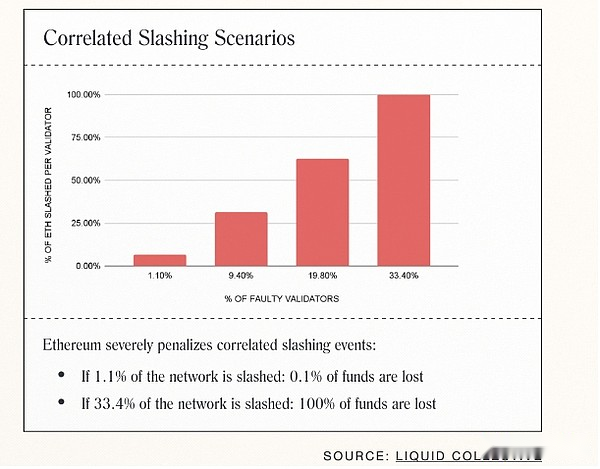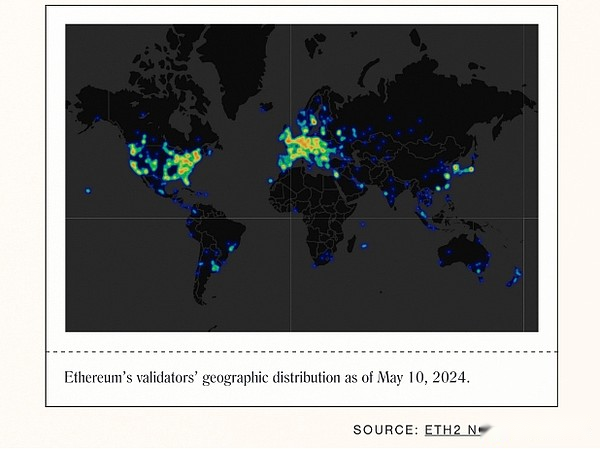
Author: Josh O’Sullivan, CoinTelegraph; Compiled by: Wuzhu, Bitchain Vision
As Ethereum prepares for the Pectra upgrade in early 2025, a recent research report by Liquid Collective and Obol reveals a variety of related risks.
The report highlights the importance of client, carrier and cloud diversity, as well as limited concerns about the adoption of distributed validator technology (DVT).
Matt Leisinger, chief product officer of Alluvial, a software development company that supports Liquid Collective, said in an interview:
“Our latest report with Obol highlights the growing importance of addressing Ethereum staking-related risks and protocol-level penalties.”
Customer and operator risks
Regarding consensus and execution clients, the report warns that “significant errors in major clients” could lead to “significant cuts in penalties and network instability.”
As a basic element of the Ethereum consensus mechanism, pledging through a single-node operator may put pledged assets at risk of downtime and reduction.

Regarding pledge, the report warned that“Agency diversity is crucial to maintaining network health and avoiding single point of failure.”
Leisinger emphasized this statement in his report, noting that:“Every staker and service provider must strictly evaluate relevance, diversity and risk mitigation measures to prevent potential risks, even from trusted node operators.”
The report alsoCritical discussion of the need for geographically widespread distribution of validators and cloud providers,And quote “Recent interrupts, such as interrupts from Hetzner and AWS”.
It explains that DVT can significantly support this strategy by “reducing relevant risks to enhance validator resilience.”

Geographic map of Ethereum validators who support the proof-of-stake consensus mechanism.
Leisinger added:
“To achieve long-term flexibility and institutional adoption, staking configurations must prioritize the diversity of node operators and validators.”
Pectra Upgrade
The upcoming Ethereum Pectra upgrade combines Prague and Electra upgrades, focusing on network execution and consensus layer changes, respectively.
Petra is expected to go live in the first quarter of 2025 and includes Ethereum Improvement Proposal (EIP)-7251.
According to the report,“The Pectra upgrade will allow staking providers to consolidate their staking into fewer validators by increasing the maximum effective balance to 2,048 ETH.”
Changes in staking limits will reduce the number of validators required and reduce pressure on the Ethereum communications layer.








